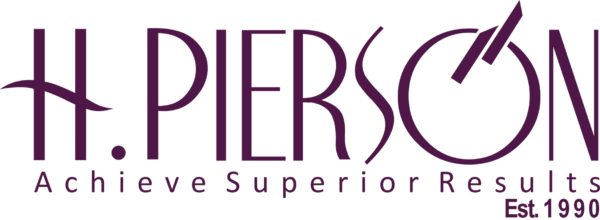The dynamics of the modern workforce are evolving at unprecedented speed. Global supply chain disruptions, technological acceleration, shifting workforce expectations, and intensifying competition are redefining how organizations think about talent. In this environment, workforce strategies can no longer be built solely on traditional, permanent employment models. To remain agile, competitive, and future-ready, leaders are increasingly turning to Employee Outsourcing — not as a stopgap solution, but as a strategic enabler of business transformation.
From Transactional to Strategic Workforce Design
Historically, outsourcing was viewed narrowly — a way to reduce payroll costs or fill temporary gaps in staffing. Today, that perception is outdated. In leading organizations, Employee Outsourcing is embedded into long-term talent strategies, serving as an adaptive layer that complements permanent staff and integrates into the organization’s culture and operating model.
This strategic shift is being driven by several macro trends:
- Volatility and Uncertainty: Market conditions, regulations, and customer demands can change overnight, requiring rapid workforce recalibration.
- Specialization and Scarcity: Emerging technologies such as AI, data analytics, and green energy require niche skills that are costly and time-consuming to build in-house.
- Operational Efficiency Pressures: Boards and shareholders are demanding leaner structures and faster returns on investment, pushing organizations to rethink talent deployment.
- Hybrid and Distributed Work Models: The geography of talent has expanded, making it feasible — and often preferable — to integrate outsourced professionals seamlessly, regardless of location.
In this landscape, Employee Outsourcing is not simply a staffing mechanism; it is a way to design organizations for resilience, speed, and capability diversification.
The Strategic Benefits of Employee Outsourcing
1. Agility in Workforce Scaling
In industries where project timelines and market conditions fluctuate, outsourcing allows leaders to increase or reduce capacity without the delays and sunk costs associated with traditional recruitment cycles. This agility is particularly valuable in sectors undergoing rapid transformation, such as oil & gas, financial services, and technology.
2. Access to Niche and High-Demand Skills
The half-life of skills is shrinking. By outsourcing, organizations can tap into expertise in emerging areas — from cybersecurity to sustainable engineering — without committing to long-term headcount increases. This enables faster adoption of new capabilities and accelerates time-to-market for strategic initiatives.
3. Cost Optimization Without Capability Loss
Outsourcing transforms fixed HR costs into variable costs, allowing organizations to align workforce spending more closely with revenue cycles. Importantly, when done well, it does not dilute capability — instead, it strengthens operational delivery by matching the right talent to the right role, at the right time.
4. Compliance and Risk Management
Employment law, benefits administration, and tax compliance vary across regions and are subject to constant change. A well-structured outsourcing partnership mitigates these risks by ensuring compliance while freeing internal teams to focus on core business priorities.
5. Accelerated Time-to-Value
Because outsourced professionals are often pre-vetted and role-ready, they contribute from day one, compressing onboarding timelines and accelerating project milestones.
Leadership Considerations in an Outsourced Workforce Model
For Employee Outsourcing to deliver strategic value, leaders must go beyond procurement and focus on integration, alignment, and governance. Key considerations include:
- Clarity of Roles and Outcomes: Clearly defined deliverables, performance metrics, and reporting lines are essential to avoid duplication of effort or misaligned priorities.
- Communication Protocols: Regular, structured communication ensures outsourced talent is kept in sync with project updates and organizational changes.
- Continuous Capability Building: Even outsourced staff benefit from access to targeted learning pathways, ensuring their skills remain relevant and aligned with evolving project needs.
Conclusion
Employee Outsourcing is no longer a peripheral HR service; it is a strategic advantage in the modern talent economy. By leveraging outsourcing not just as a cost-control mechanism but as a deliberate workforce design choice, organizations position themselves to respond faster to change, access scarce capabilities, and unlock new opportunities for growth.





